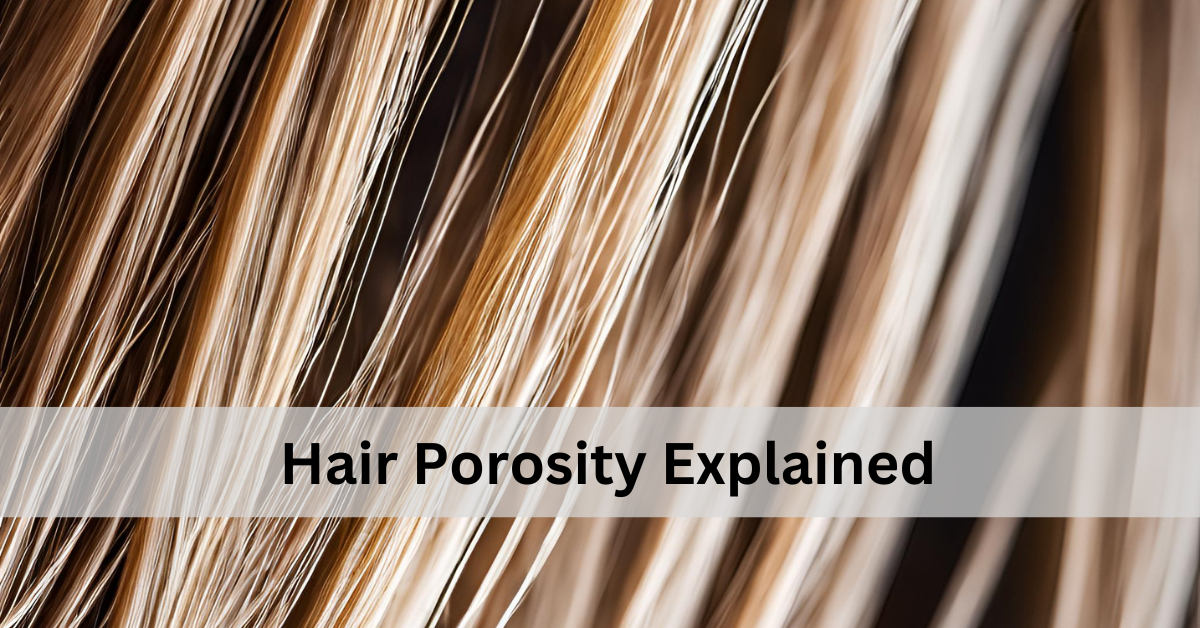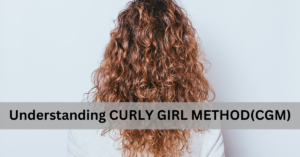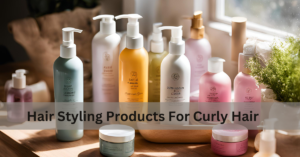Hair porosity plays a crucial role in how your curls respond to products and styling techniques. It refers to your hair’s ability to absorb and retain moisture, which can significantly impact its health and appearance. By understanding your hair’s porosity level, you can make more informed choices about the products you use and the care routine you follow. In this post, we’ll explore what hair porosity is, how to determine your porosity level, and practical tips for optimizing your curly hair care based on your findings.
What Is Hair Porosity?
When it comes to achieving and maintaining healthy hair, understanding hair porosity is essential. But what exactly is hair porosity?
Hair porosity refers to your hair’s ability to absorb and retain moisture. It’s determined by the structure of the cuticle, which is the outermost layer of your hair shaft. The cuticle is made up of overlapping, scale-like cells that act like shingles on a roof. How these cells are aligned and how tightly they’re packed together affects how easily moisture can pass through your hair.
Why Does Hair Porosity Matter?
The porosity of your hair can significantly impact how well your hair responds to different products and treatments. For example, if your hair has high porosity, it can absorb moisture quickly but may also lose it just as fast. Conversely, low porosity hair resists moisture absorption, making it crucial to use specific techniques to ensure your hair gets the hydration it needs.
By understanding your hair porosity, you can tailor your hair care routine to match your hair’s specific needs. This means choosing the right products, adjusting your styling techniques, and employing effective treatments to keep your hair healthy and manageable.
In the following sections, we’ll explore the different levels of hair porosity, how to determine your hair’s porosity, and the best practices for caring for each type. Stay tuned to discover how you can optimize your hair care routine for the best results!
The Four Levels of Hair Porosity
| Porosity Level | Characteristics | Signs | Care Tips |
| Low Porosity | Tightly packed cuticles that lie flat | Products sit on top, slow drying time, feeling coated | Use heat to open the cuticle (e.g., steamer, warm towel). Opt for lightweight, water-based products. Use clarifying shampoos occasionally to prevent buildup |
| Medium Porosity | Slightly lifted cuticle, balanced moisture absorption | Effective moisture absorption, normal drying time, holds styles well | Maintain a balanced routine with regular conditioning Use a variety of products without overloading Monitor changes in texture and product response |
| High Porosity | Cuticle is open or damaged, moisture enters and exits quickly | Quick moisture absorption, prone to dryness and frizz, products soak in rapidly | Use moisture-rich and sealing products (heavier creams, oils) Incorporate regular deep conditioning Balance protein treatments to avoid breakage |
| Very High Porosity | Extremely damaged or raised cuticles, very quick moisture absorption and loss | Highly prone to frizz and breakage, absorbs moisture almost immediately | Use deeply hydrating and repairing products Regularly use protein treatments Seal in moisture with heavy oils or butters, avoid excessive heat or harsh chemicals |
How to Determine Your Hair Porosity
Knowing your hair porosity helps you choose the right products and techniques for maintaining healthy hair. Here are some simple tests you can perform at home to determine your hair’s porosity:
1. Float Test
How to Do It:
- Start with clean, dry hair.
- Place a few strands of hair in a glass of water.
What to Look For:
- Low Porosity: Hair floats on the surface for a long time before sinking. This indicates that your hair has tightly packed cuticles, which resist moisture absorption.
- Normal Porosity: Hair may float for a while and then gradually sink. This suggests a balanced cuticle structure that allows for moderate moisture absorption and retention.
- High Porosity: Hair sinks quickly. This means your hair cuticles are open or damaged, allowing moisture to enter and exit the hair shaft rapidly.
- Very High Porosity: Hair sinks almost immediately. This indicates severe cuticle damage or excessive porosity, causing moisture to be absorbed and lost very quickly.
2. Slip ‘N’ Slide Test
How to Do It:
- Take a strand of wet hair and slide your fingers up and down the length of the strand.
What to Look For:
- Low Porosity: Hair feels smooth and slippery, indicating that the cuticle layers are tightly packed and lie flat.
- Normal Porosity: Hair feels slightly bumpy or textured but not excessively rough, suggesting a moderate lift in the cuticle layers.
- High Porosity: Hair feels rough or uneven, indicating that the cuticle layers are raised or damaged.
- Very High Porosity: Hair feels very rough and porous, which means the cuticle is extremely raised or damaged.
3. Porosity Test with Product
How to Do It:
- Apply a small amount of product, such as leave-in conditioner or oil, to a small section of damp hair.
What to Look For:
- Low Porosity: The product sits on top of your hair and takes a while to be absorbed. This suggests that your hair cuticle is resistant to moisture penetration.
- Normal Porosity: The product absorbs at a moderate rate, indicating a balanced cuticle that allows for good moisture absorption and retention.
- High Porosity: The product absorbs quickly, but your hair might still feel dry. This suggests that while your hair can take in moisture rapidly, it also loses it just as fast.
- Very High Porosity: The product absorbs almost immediately, and your hair may still feel dry. This indicates that your hair absorbs moisture very quickly but also loses it very rapidly.
4. The Bend Test
How to Do It:
- Bend a strand of hair to assess its flexibility.
What to Look For:
- Low Porosity: Hair is stiff and may not bend easily, which means the cuticle layers are tightly packed and resistant to bending.
- Normal Porosity: Hair bends without breaking, indicating a balanced cuticle structure.
- High Porosity: Hair bends easily but may feel brittle or prone to breakage, suggesting that the cuticle is more open and fragile.
- Very High Porosity: Hair bends very easily and may snap or break, indicating severe damage to the cuticle structure.
By performing these tests, you can gain valuable insights into your hair’s porosity and tailor your hair care routine accordingly. Understanding your hair’s unique needs will help you choose the best products and techniques for optimal health and manageability.
Product Recommendations Section :
1. Low Porosity Hair
Characteristics: Tightly packed cuticles that resist moisture absorption.
Recommended Products:
Shampoo
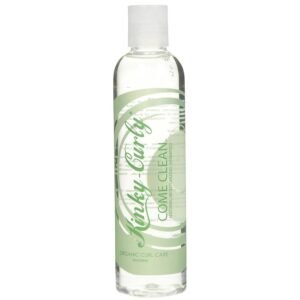
Conditioner
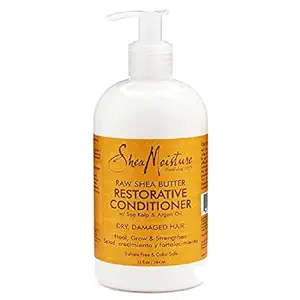
Leave-In
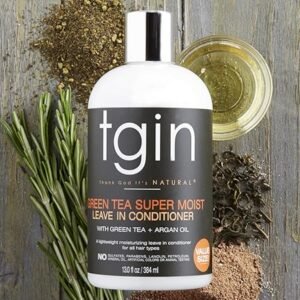
Gel

DC

Tips for Use:
- Use heat when applying conditioners or masks to help the products penetrate.
- Opt for lightweight, water-based moisturizers to avoid buildup.
2. Medium Porosity Hair
Characteristics: Balanced cuticle structure allowing for moderate moisture absorption.
Recommended Products:
Shampoo

Conditioner
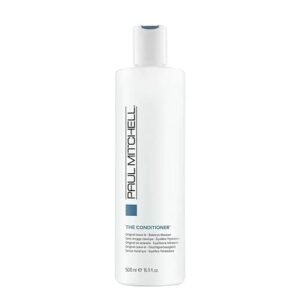
Leave-In
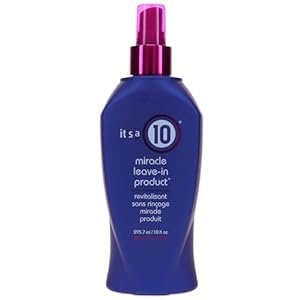
Gel

DC
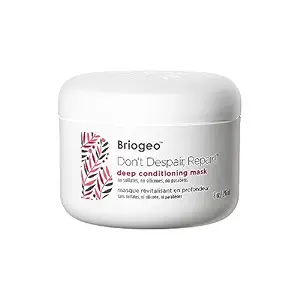
Tips for Use:
- Maintain a balanced routine with regular conditioning.
- You can experiment with a variety of products to find what works best for your hair.
3. High Porosity Hair
Characteristics: Cuticles are open or damaged, leading to quick moisture absorption and loss.
Recommended Products:
Shampoo
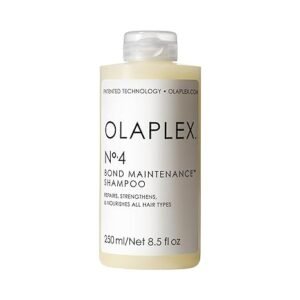
Conditioner
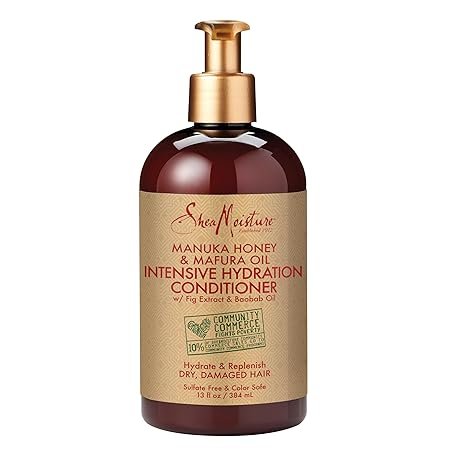
Leave-In

Moisturizer
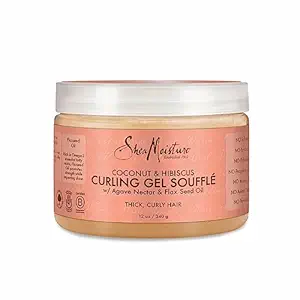
DC
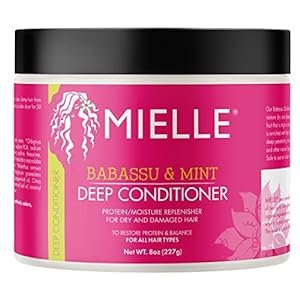
Tips for Use:
- Use rich, moisturizing products and seal in moisture with oils or butters.
- Regularly incorporate deep conditioning treatments.
4. Very High Porosity Hair
Characteristics: Extremely damaged or raised cuticles, causing rapid moisture absorption and loss.
Recommended Products:
Shampoo
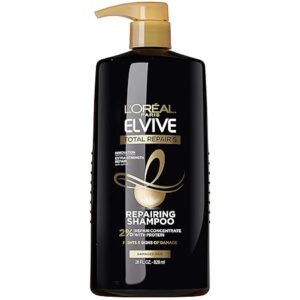
Conditioner

Leave-In
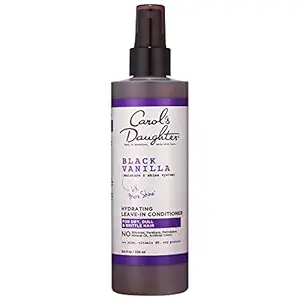
Moisturizer
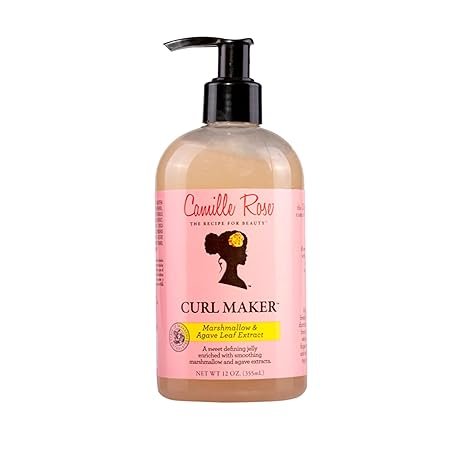
DC
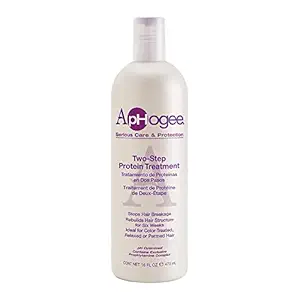
Tips for Use:
- Use deeply hydrating and repairing products to restore moisture and strength.
- Regularly use protein treatments to help repair and fortify your hair.
Knowing your hair porosity helps you choose the right products and techniques for healthier, more defined curls. By understanding whether your hair is low, medium, or high porosity, you can optimize your routine for better moisture and curl management. Use these insights to enhance your curly hair care and enjoy your best curls yet.
Disclaimer: This post contains affiliate links, meaning we may earn a small commission if you make a purchase through one of the links. This helps support the site and allows us to continue providing helpful content. Thank you for your support!
Learn more about it in our Privacy Policy!

